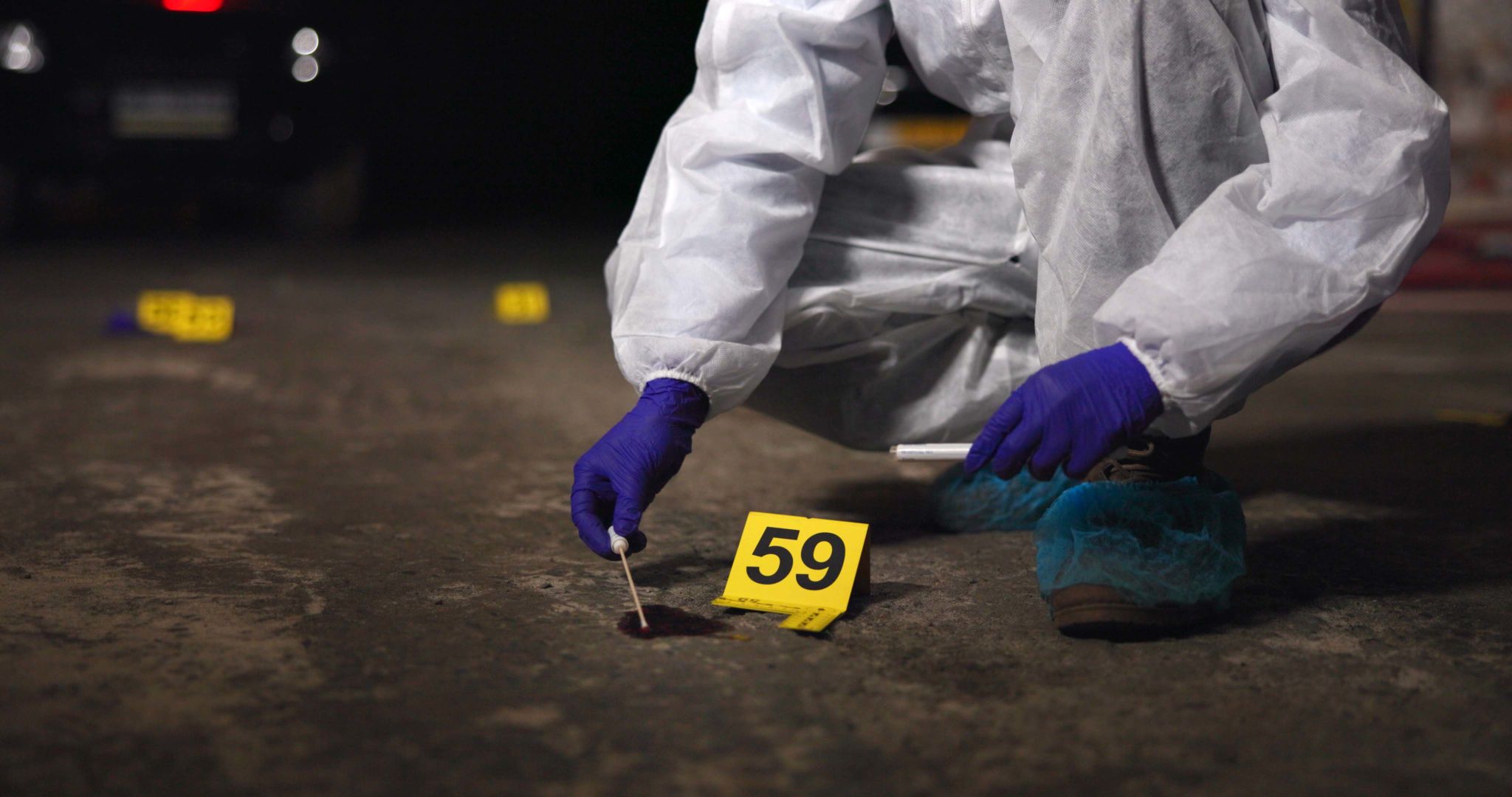Steps to Collect Evidence for Abuse Claims: What You Need to Know
Gathering evidence for an abuse claim is a critical step in seeking justice and protection. It can be a daunting task, but understanding the process can help victims feel more empowered. This guide outlines the necessary steps to collect and preserve evidence effectively.
Understanding the Importance of Evidence
Evidence is crucial in substantiating an abuse claim. It provides a factual basis for the allegations, helping to corroborate the victim's testimony. Without strong evidence, proving abuse can be challenging in legal proceedings.

Documenting Physical Evidence
The first step in collecting evidence involves documenting any physical signs of abuse. This can include bruises, cuts, or any other injuries. It is advisable to take clear photographs with timestamps to establish a timeline of events. Ensure these images are stored safely, perhaps in a secure cloud service.
- Photograph injuries from multiple angles.
- Include a ruler or coin in photos for scale.
- Keep a digital backup of all images.
Gathering Digital Evidence
In today's digital age, electronic communications often play a significant role in abuse cases. Text messages, emails, and social media interactions can all serve as valuable evidence. It's important to save screenshots or print copies of any threatening or abusive messages.
Additionally, voicemail recordings and call logs can provide further context to the abuse. Make sure these are dated and stored securely to avoid accidental deletion.

Witness Testimonies
If there were witnesses to the abuse, their testimonies could be invaluable. Contact any friends, family members, or neighbors who may have observed incidents and ask them to provide written statements. These statements should include specific details and dates wherever possible.
Medical and Professional Reports
Medical records can serve as powerful evidence in an abuse case. If you've sought medical attention for injuries related to abuse, ensure that you collect all relevant documentation from healthcare providers. Medical professionals can also provide expert testimony if needed.

Maintaining a Detailed Journal
Keeping a detailed journal of incidents can help create a comprehensive timeline of events. Try to include dates, times, locations, and descriptions of each occurrence. Documenting your emotional and physical state during these times can also provide deeper insight into the impact of the abuse.
Working with Legal Professionals
Finally, consider seeking assistance from legal professionals who specialize in abuse cases. They can guide you on additional steps to take and ensure that all collected evidence is admissible in court. An attorney can also help you file protective orders and navigate the legal system effectively.
Collecting evidence for an abuse claim requires careful planning and support. By following these steps, victims can build a strong case that supports their claims and aids in achieving justice.